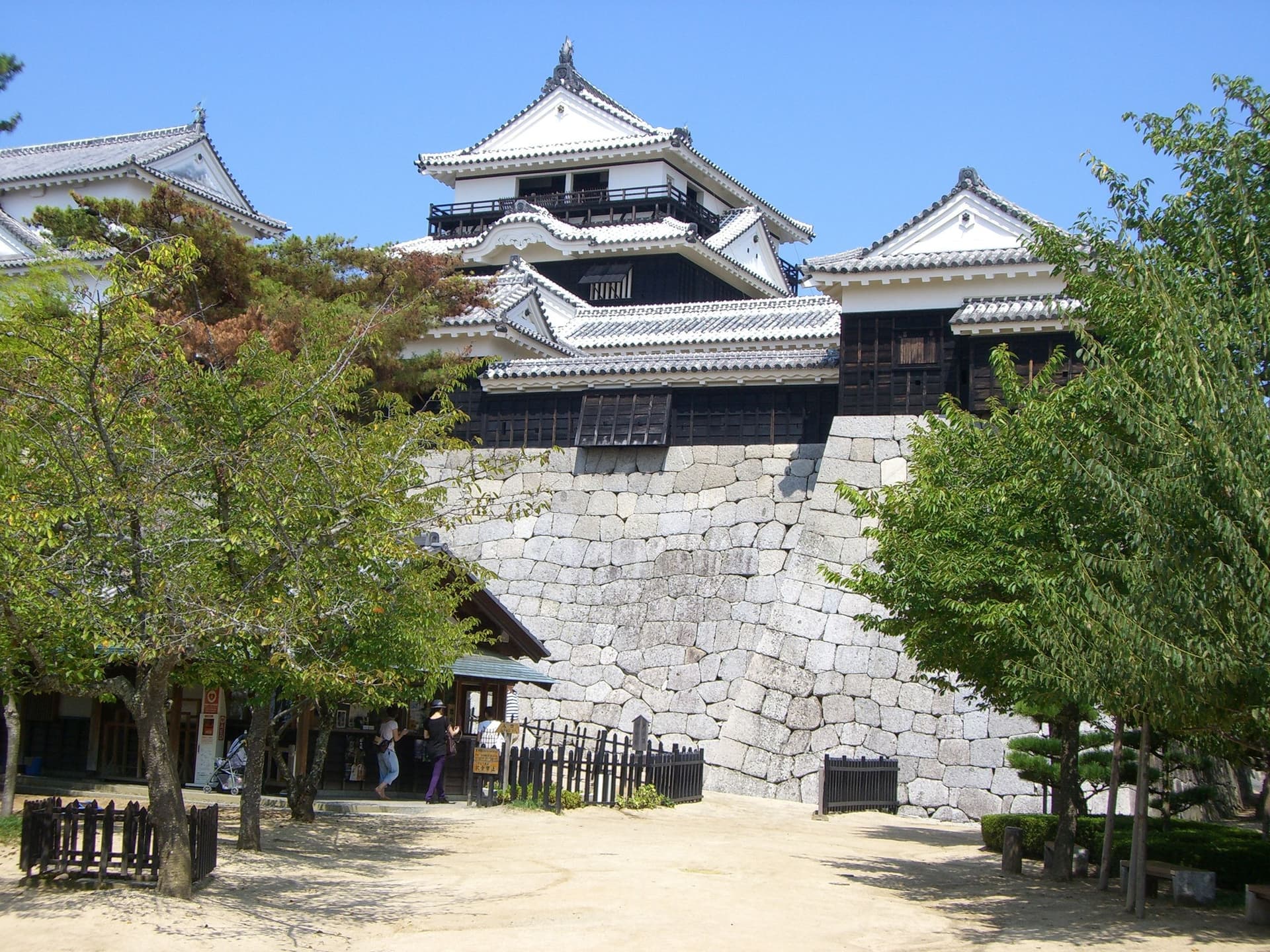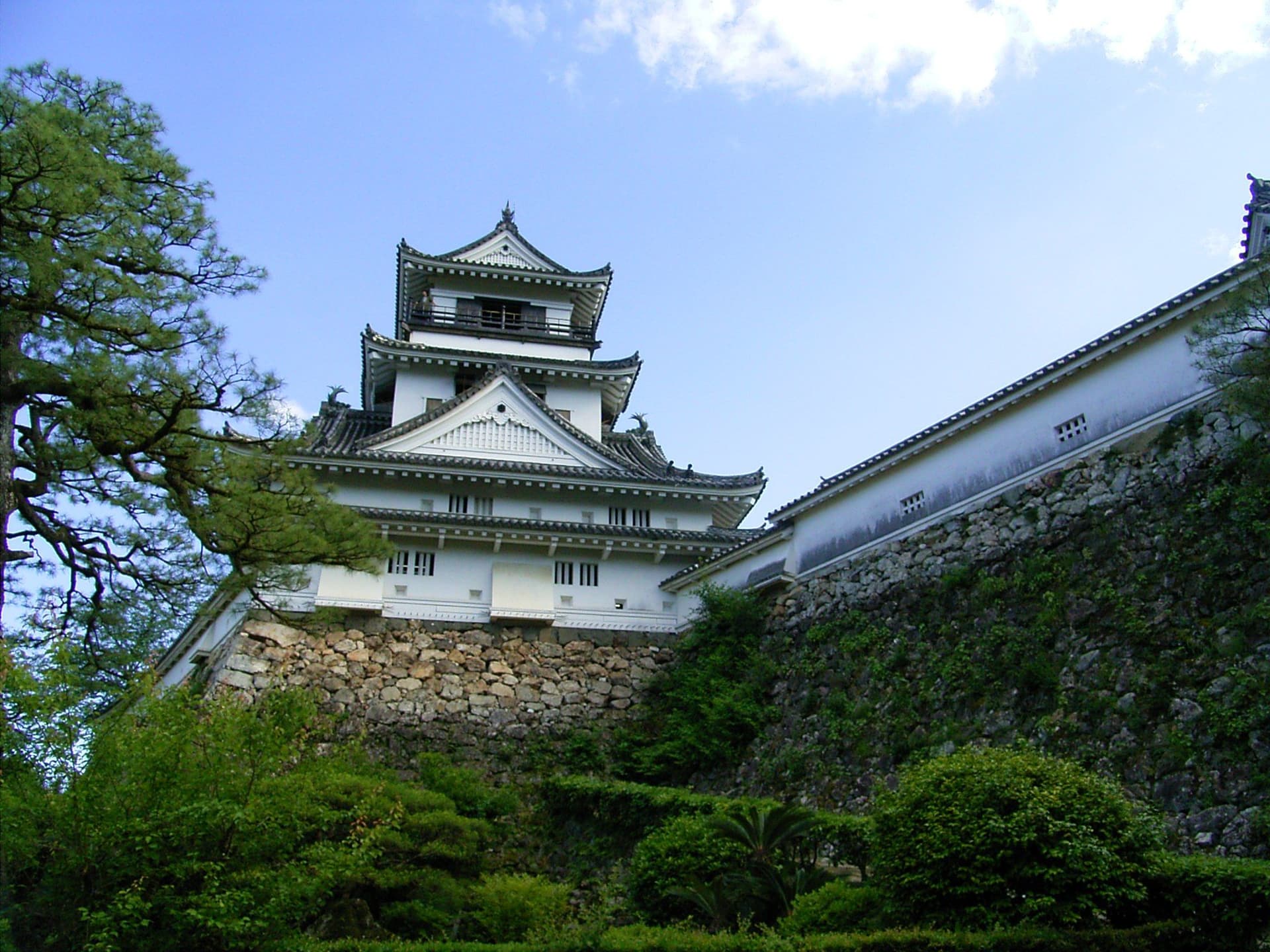
Important Cultural Property
重要文化財Important Cultural Property designation is Japan's primary system for protecting culturally significant heritage, established by the 1950 Law for the Protection of Cultural Properties. This classification safeguards a wide range of tangible assets including historic buildings, Buddhist sculptures, paintings, archaeological artifacts, and ancient manuscripts that hold exceptional artistic, historical, or scholarly value. Items undergo rigorous expert evaluation by the Agency for Cultural Affairs and must meet strict conservation standards once designated. The system represents the main tier of heritage protection in Japan, with some properties potentially advancing to National Treasure status, and continues to expand as new discoveries and research reveal additional items worthy of preservation.
Last Updated:









